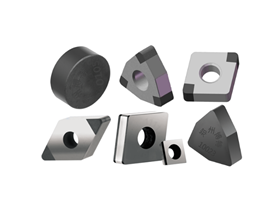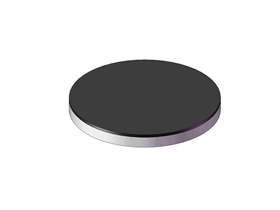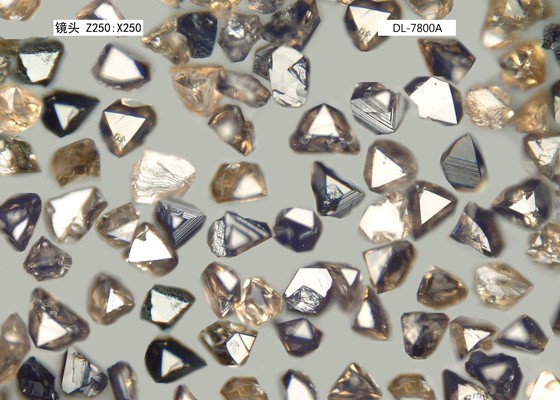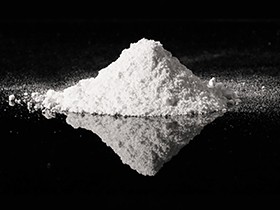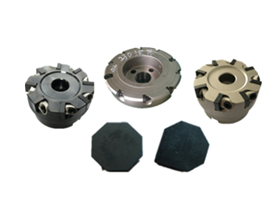In the modern high-precision machining field, polycrystalline cubic boron nitride (PCBN) tools have become the preferred choice for cutting hard materials due to their exceptional hardness and thermal stability. However, the ultimate performance of these tools depends not only on the material itself but also on the precision of edge treatment processes. Studies indicate that scientific edge treatment can extend tool life by over 300%, a result rooted in the dual logic of microstructural optimization and mechanical performance enhancement.
Essence and Value of Edge Treatment
The cutting edge, as the intersection line between the tool’s rake face and flank face, is the core area of stress concentration and energy transformation during machining. Untreated PCBN edges often retain micron-level defects (e.g., micro-cracks, serrated edges) after precision grinding with diamond wheels. Under dynamic cutting loads, these micro-defects rapidly propagate into macro-chipping, leading to tool failure. Thus, the essence of edge treatment lies in eliminating defects and reshaping the edge geometry through specific processes to enhance impact resistance and wear resistance.
Dynamic Impact of Edge Defects
When machining materials such as cast iron or hardened steel, untreated F-type edges (sharp edge) may reduce cutting forces and thermal deformation, but their fragile tips are prone to chipping during intermittent cutting. For example, a case study in automotive component machining showed that an F-type edge exhibited significant wear after 20 minutes of continuous processing, while an S-type treated tool extended service life to over 80 minutes. This disparity stems from edge treatment’s ability to block defect propagation paths—passivation smooths transitions to reduce localized stress, while chamfering disperses impact energy through preset micro-bevels.
Differentiated Applications of Four Edge Treatment Processes
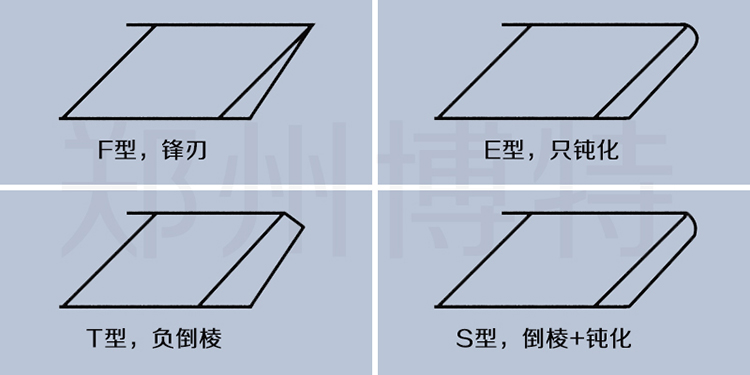
Based on the mechanical demands of machining scenarios, PCBN insert edge treatments can be categorized into four types, with applicability dynamically selected according to material properties and operating conditions:
F-type (Sharp Edge)
Features: No chamfering or passivation; low cutting force; narrow heat-affected zone.
Limitations: Low edge strength, suitable only for continuous fine machining of low-hardness materials.
E-type (Passivation Only)
Features: Passivation eliminates micro-defects and enhances chipping resistance.
Advantages: Ideal for stable cutting of high-hardness materials, such as continuous turning of hardened steel.
T-type (Chamfering Only)
Features: Chamfering reinforces impact resistance and reduces cutting vibration.
Mechanism: Chamfer angles (typically 10°–30°) disperse impact stress via inclined surfaces.
S-type (Composite Treatment)
Features: Dual reinforcement through chamfering and passivation, offering optimal comprehensive performance.
Core Value: In heavy-duty or intermittent machining (e.g., cast iron brake disc processing), edge chipping resistance surpasses T-type by over 40%.
